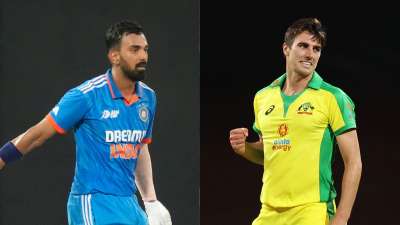As the cricket world digests India’s World Cup setback, a four-year wait looms for another chance. The 2023 ODI World Cup revealed chinks in the Men in Blue’s armor, leaving fans with mixed emotions.
The Ahmedabad pitch, slower and drier than anticipated, emerged as a pivotal player in the game. India’s strategy stumbled in the second innings, failing to capitalize on the changing pitch conditions and falling short of leveraging the slower nature to their advantage.
Australia’s game plan was impeccable, showcasing adept planning and flawless execution. Captain Pat Cummins orchestrated strategic bowling changes that kept the Indian batters on a tight leash, showcasing the composure that ultimately made the difference.
Despite a promising start, India grappled to find boundaries, witnessing a sharp decline in scoring after the initial 10 overs. This struggle significantly hampered the run rate, rendering the 241-run target seemingly inadequate.
Also read : Ayodhya sets new gunnies world record amid Deepotsav 2023
In contrast, Australia’s aggressive batting strategy, led by the formidable Travis Head, turned a challenging chase into a more manageable task. Their top order’s robust approach proved effective in navigating the pressure.
Rohit Sharma’s captaincy in the final faced scrutiny, particularly for the absence of slips for spinners during crucial phases. This lapse missed opportunities to break crucial Australian partnerships, a factor that loomed large in the post-match analysis.
Both Rohit Sharma and Virat Kohli succumbed to poor shot selection after promising starts, compounding India’s challenges. The stark contrast in fielding standards and the concession of extra runs further intensified the pressure on the Indian team, highlighting areas for improvement.
As India reflects on this World Cup journey, the focus now shifts to regrouping and learning from these experiences, with an eye on the next chapter in 2027.







